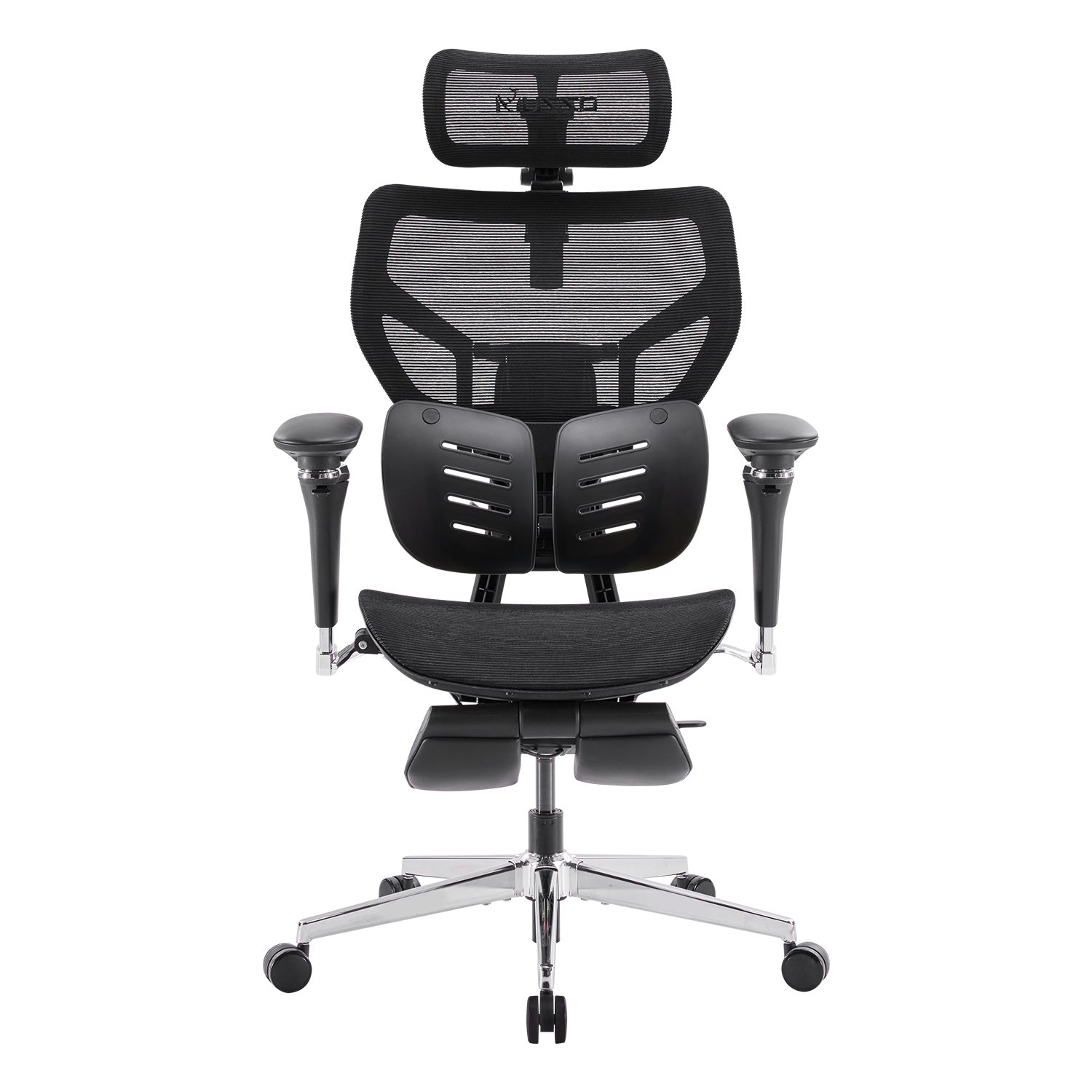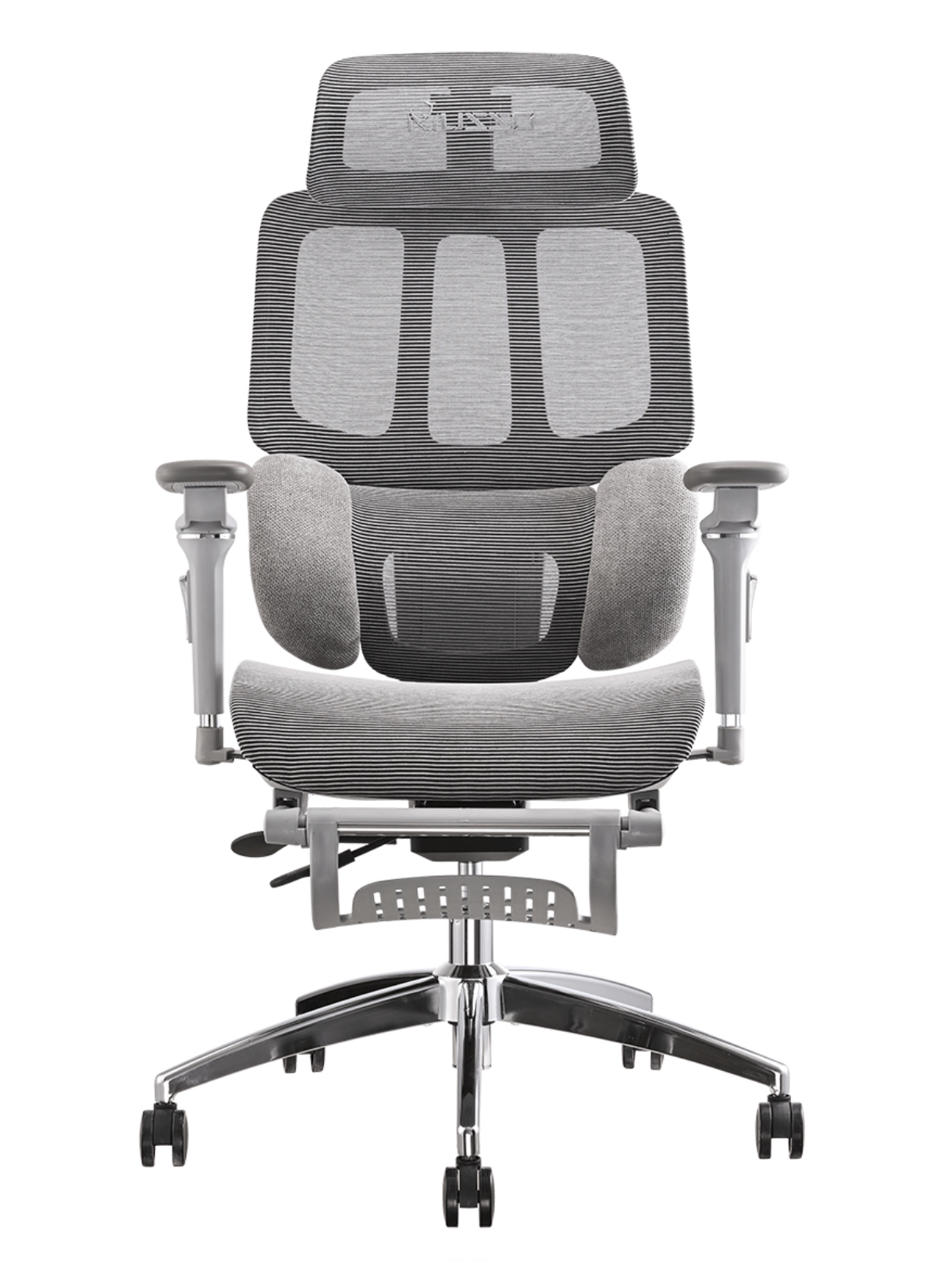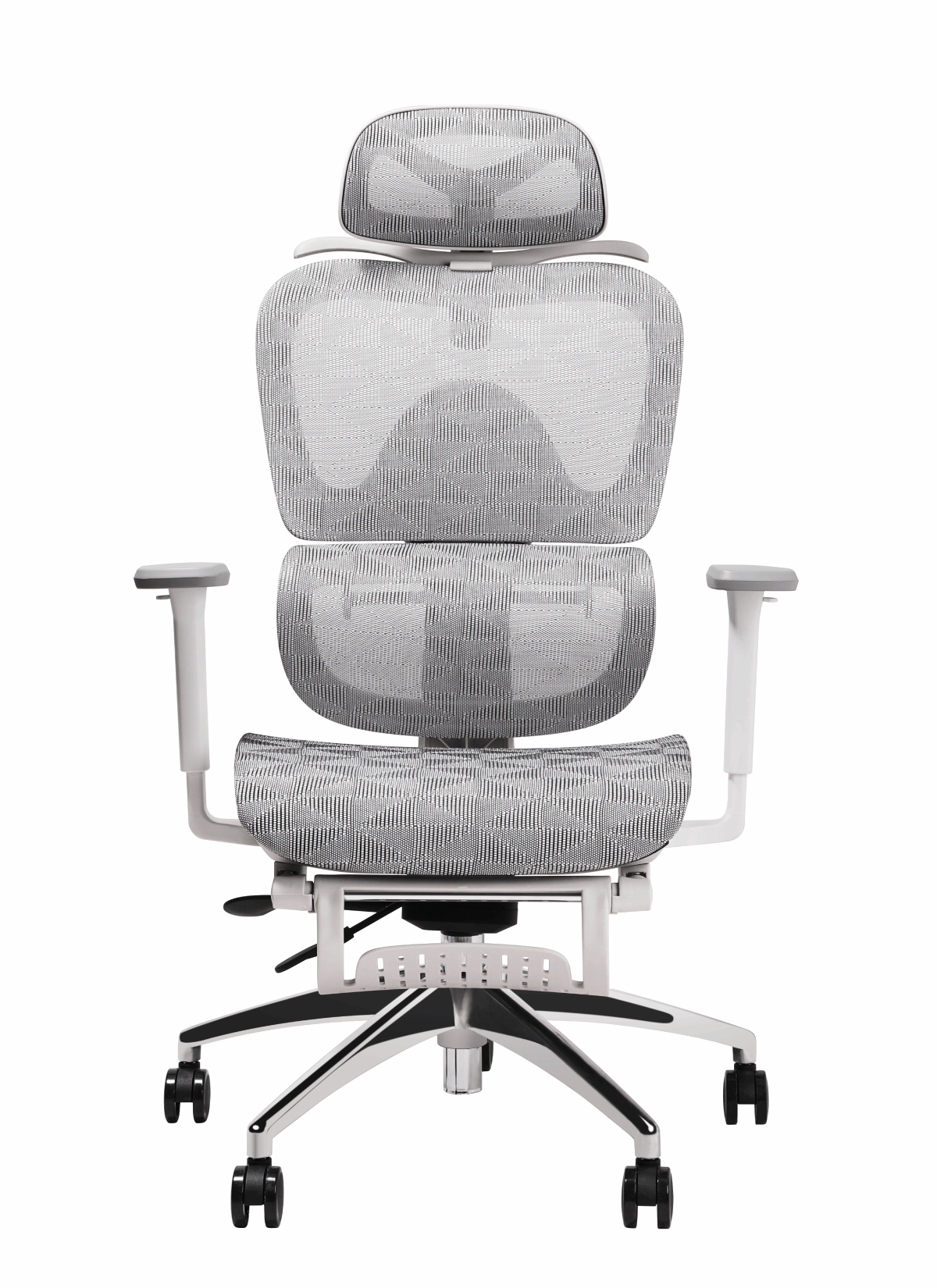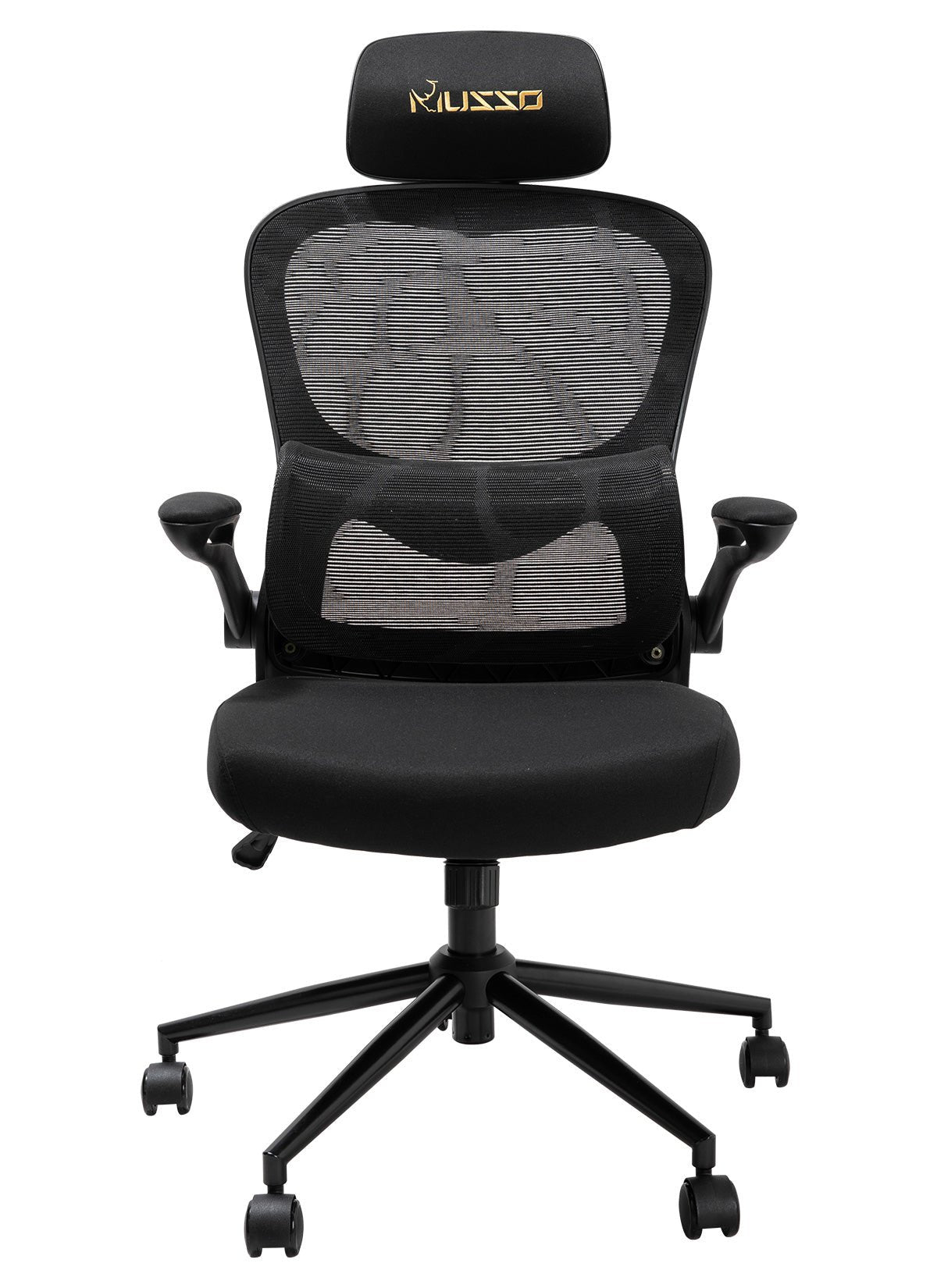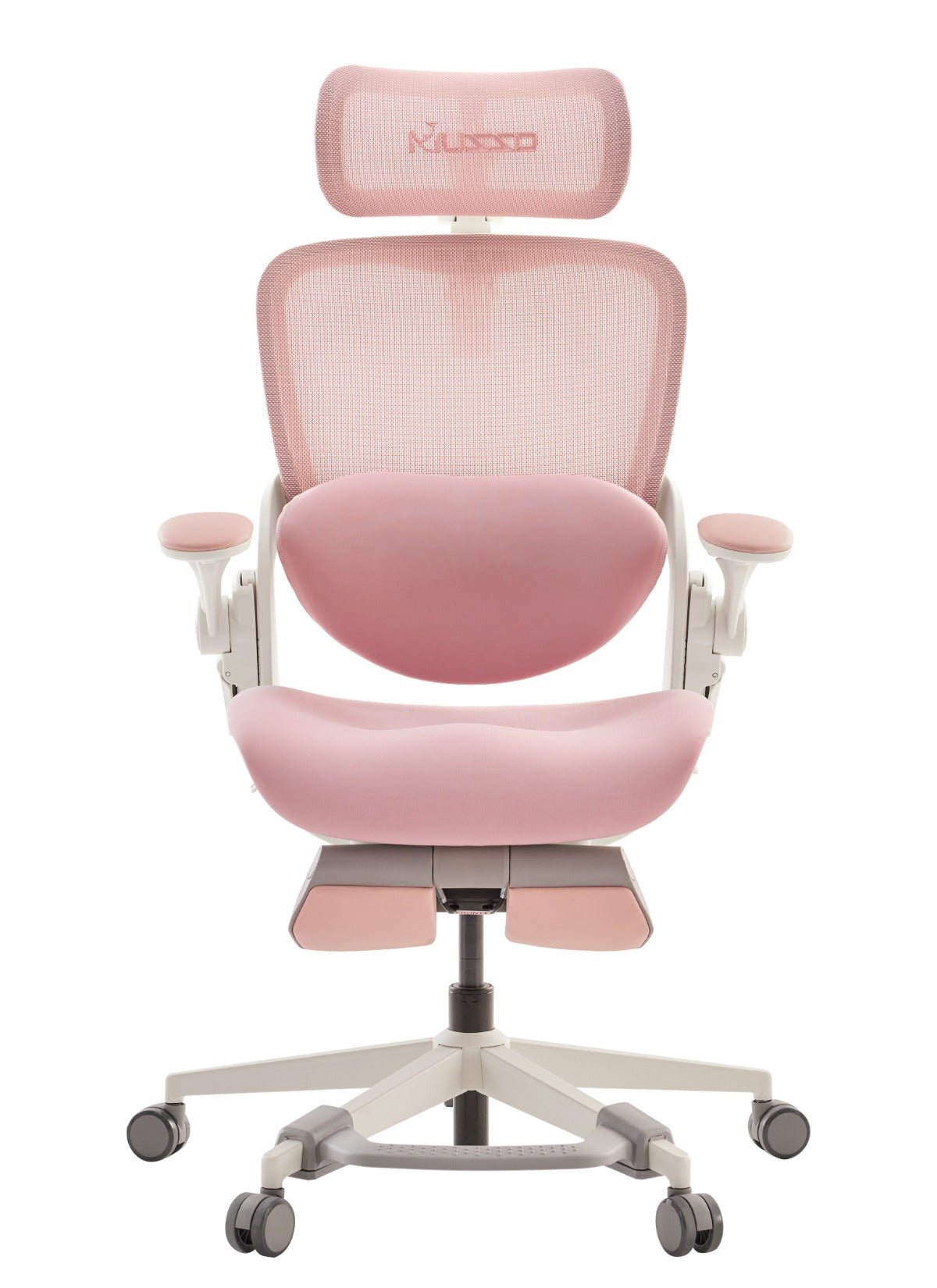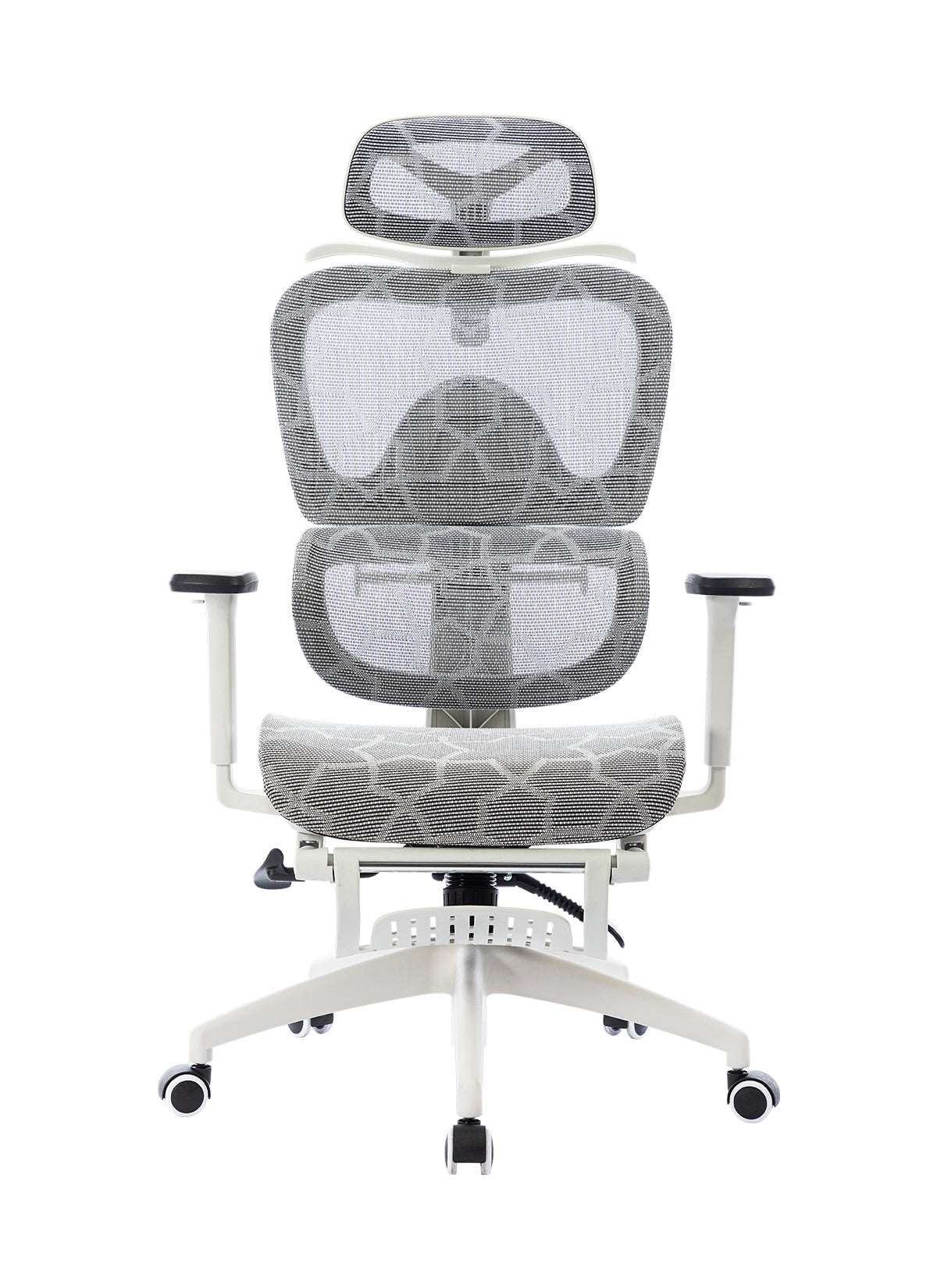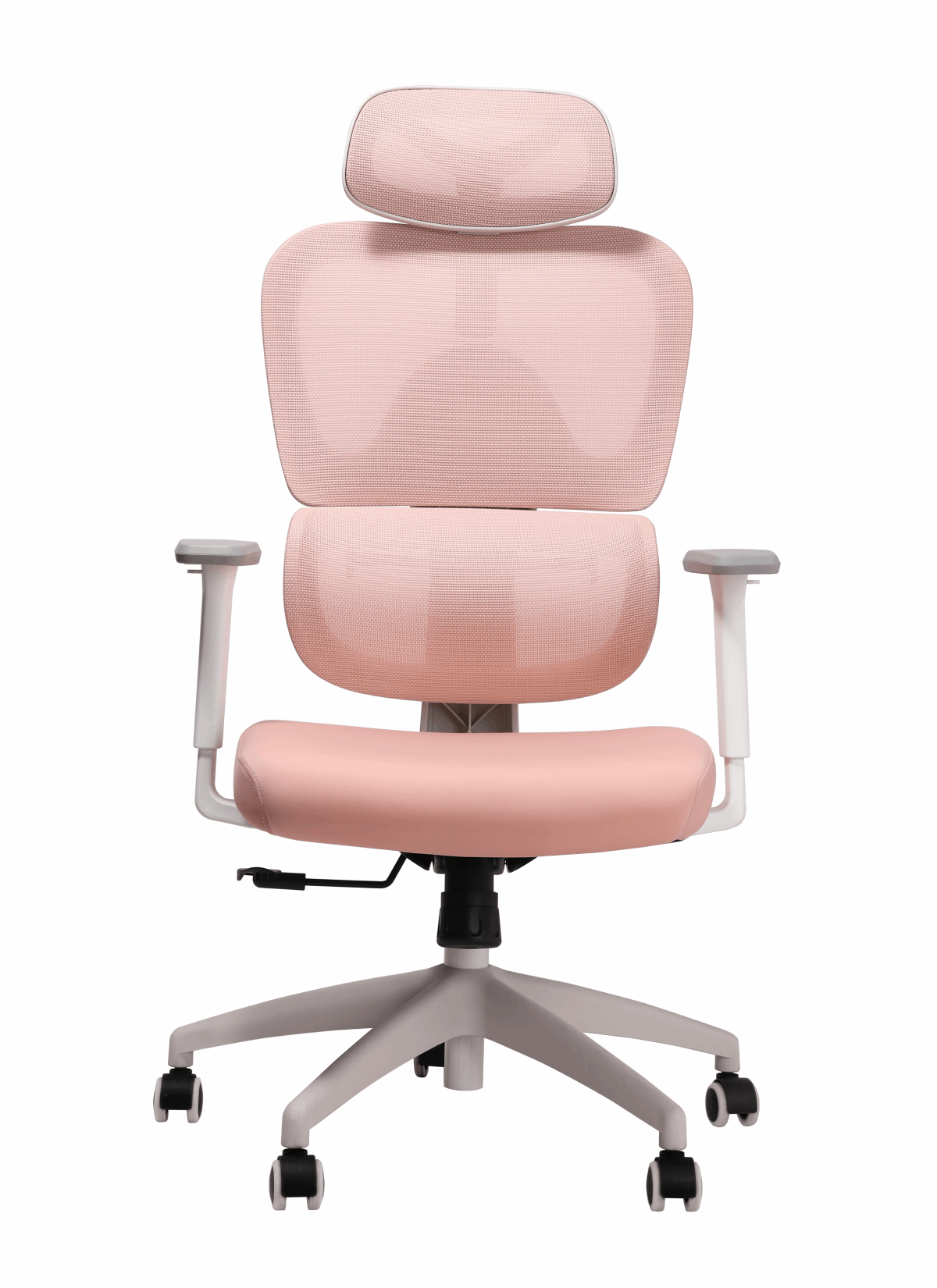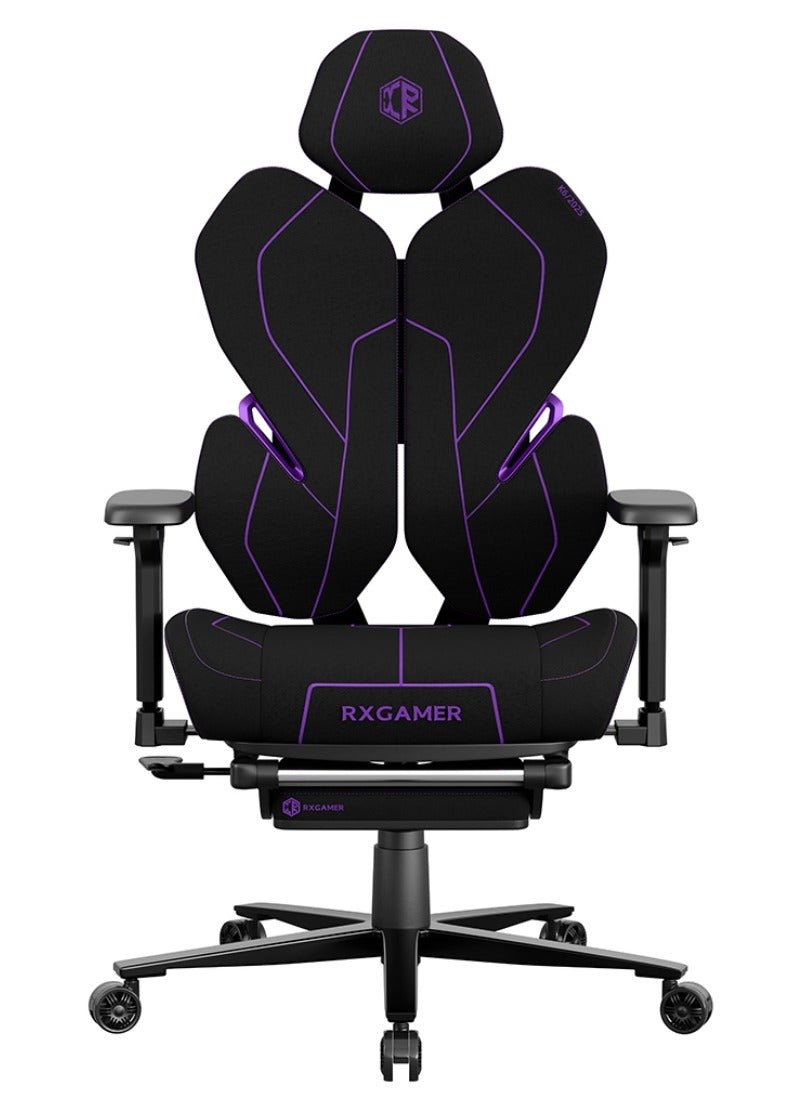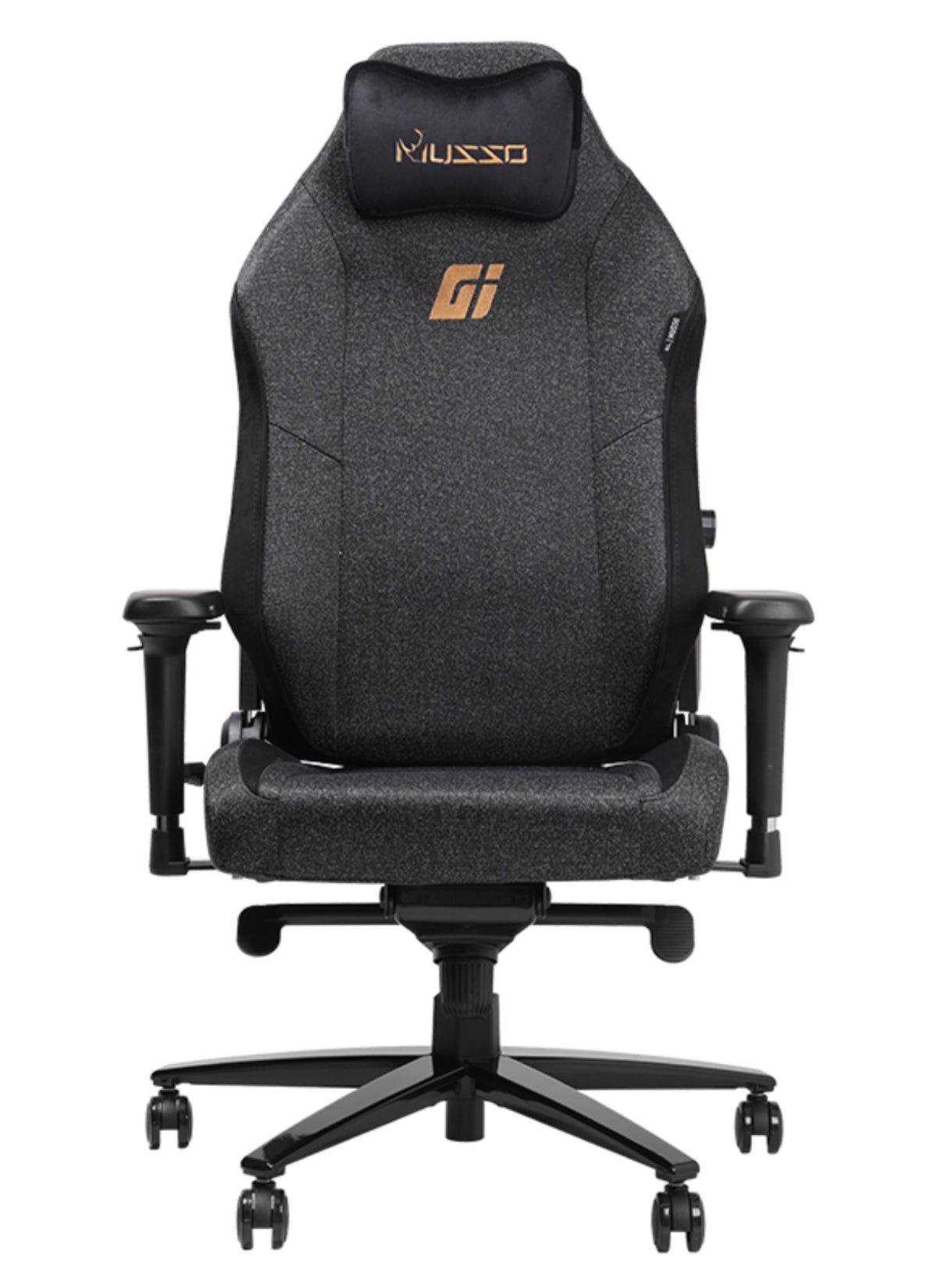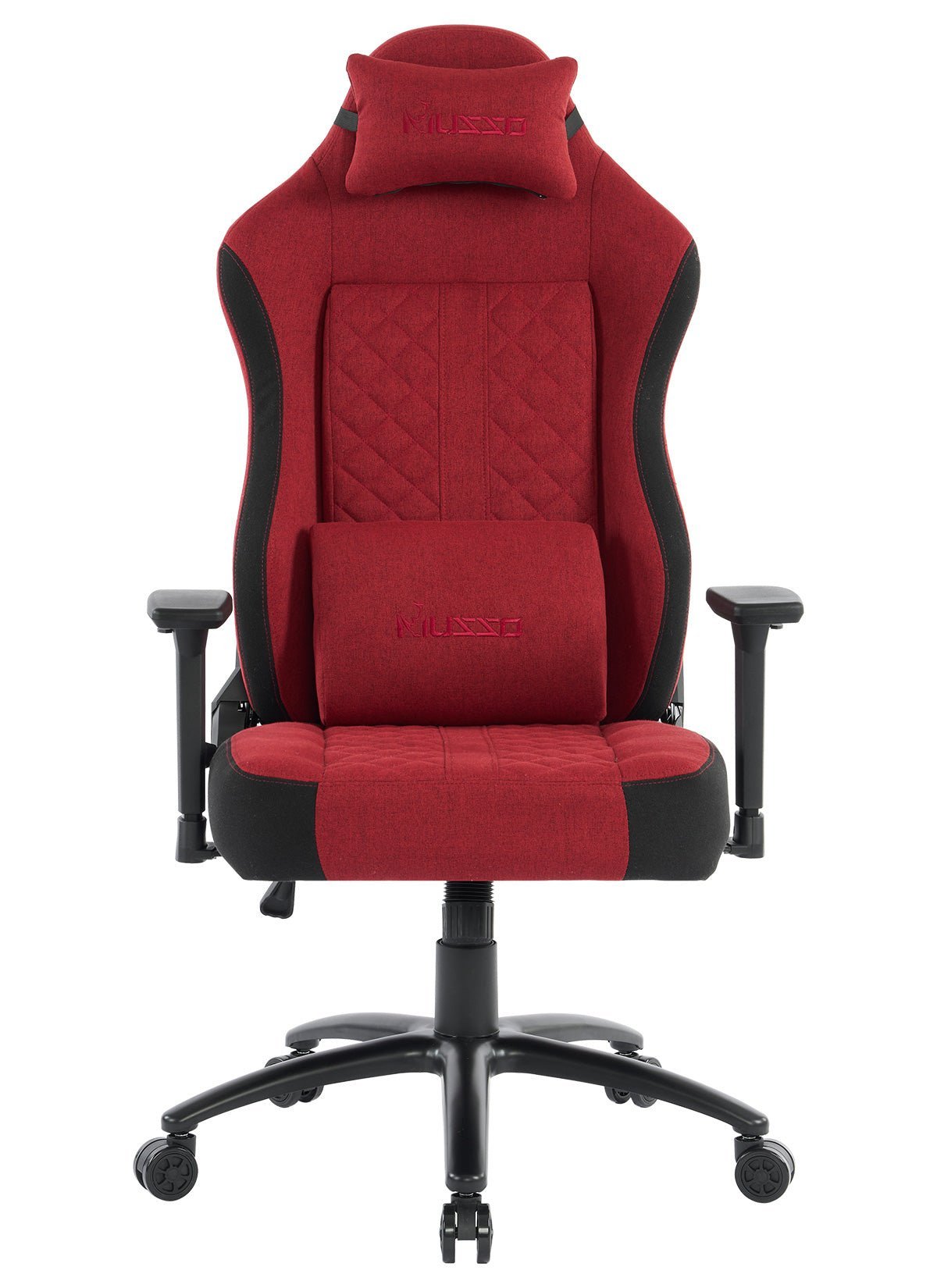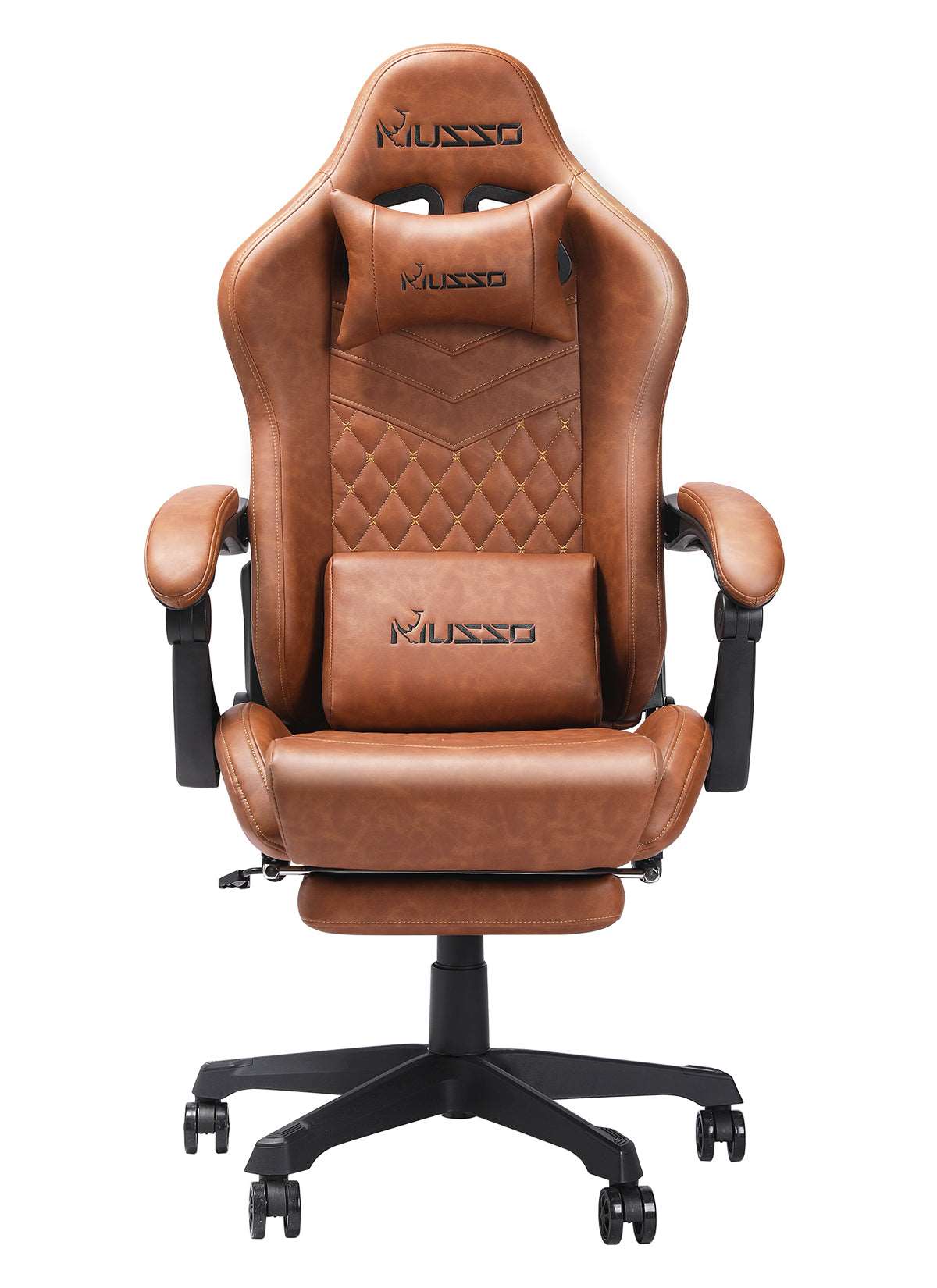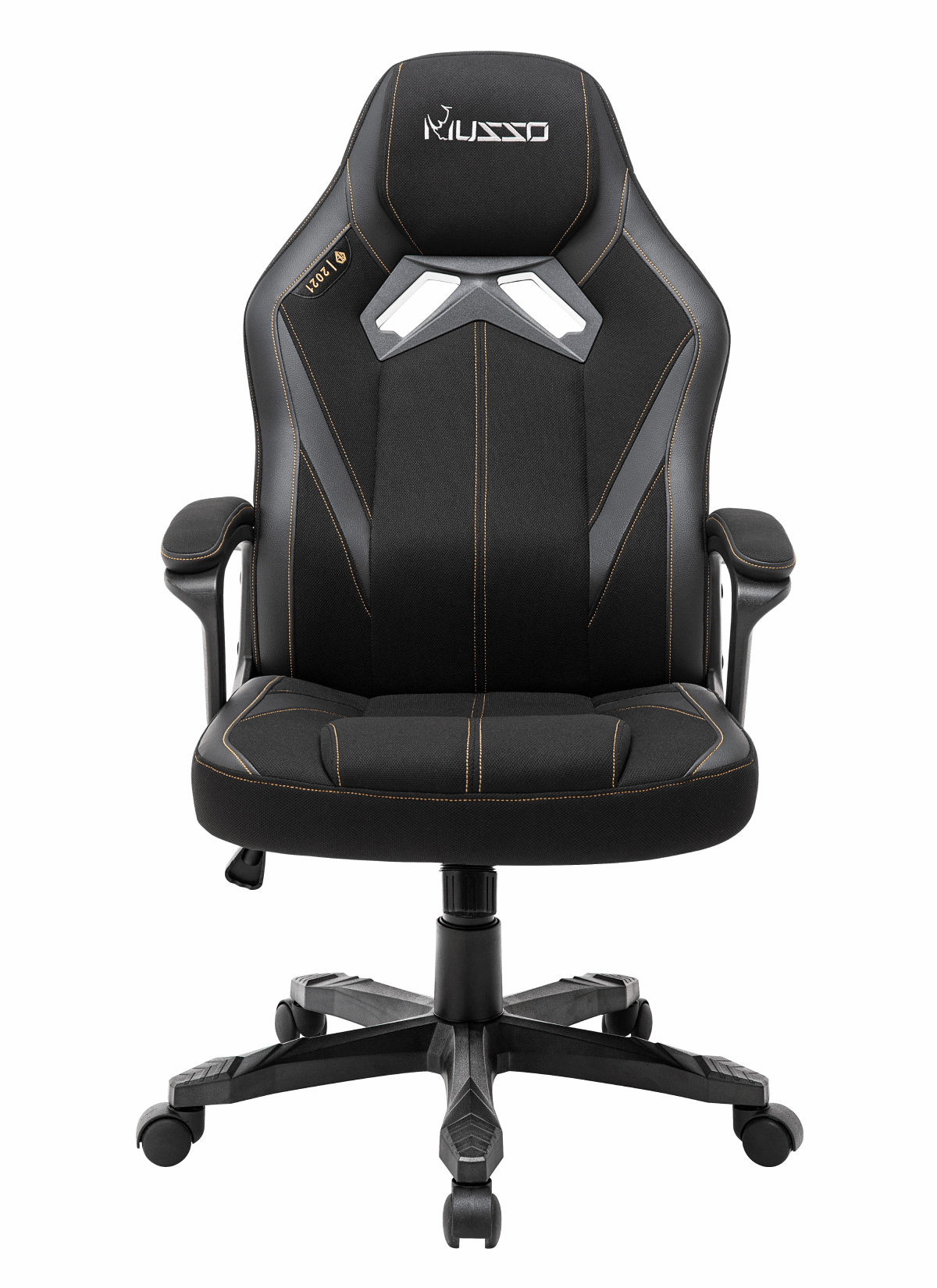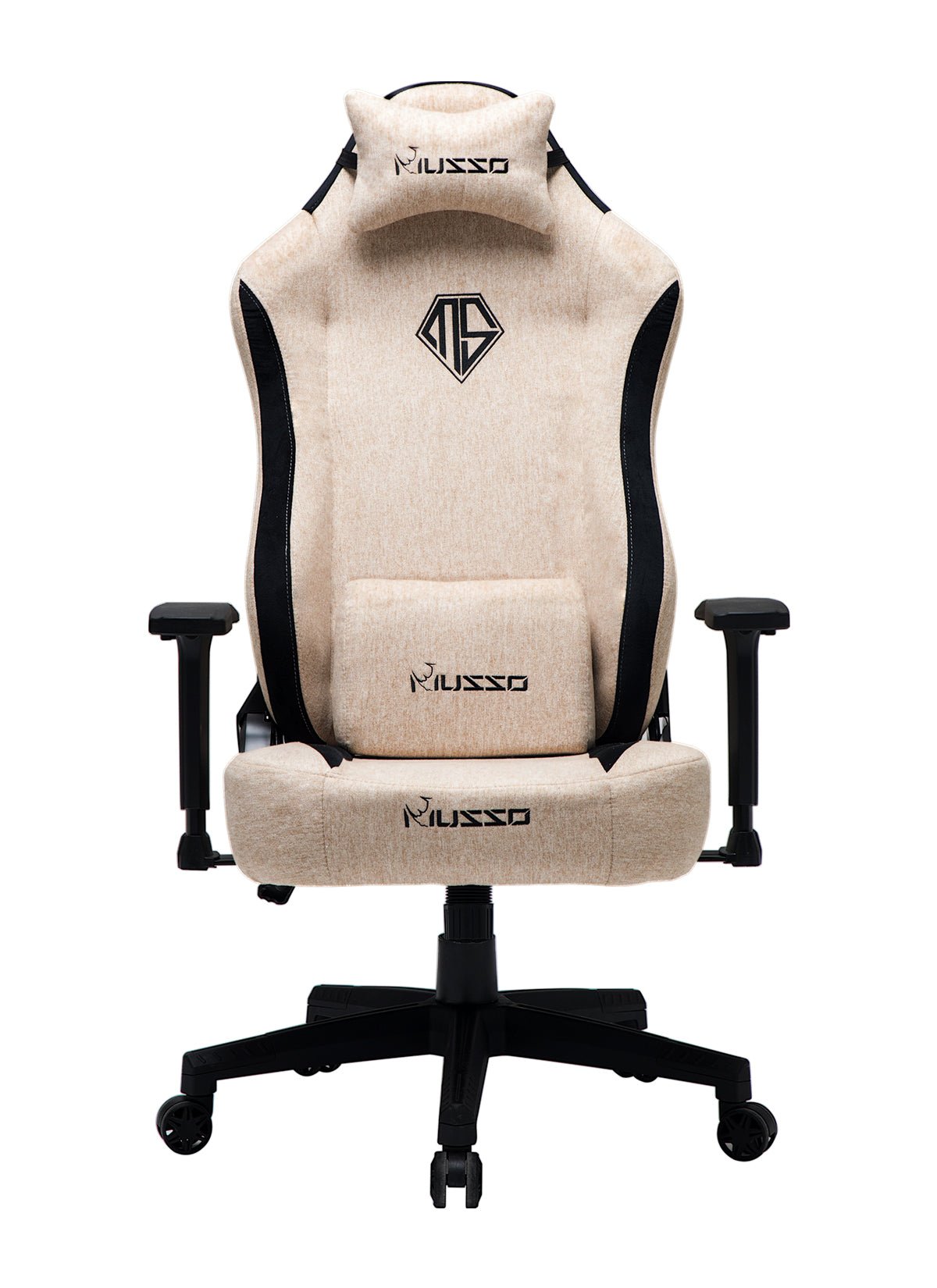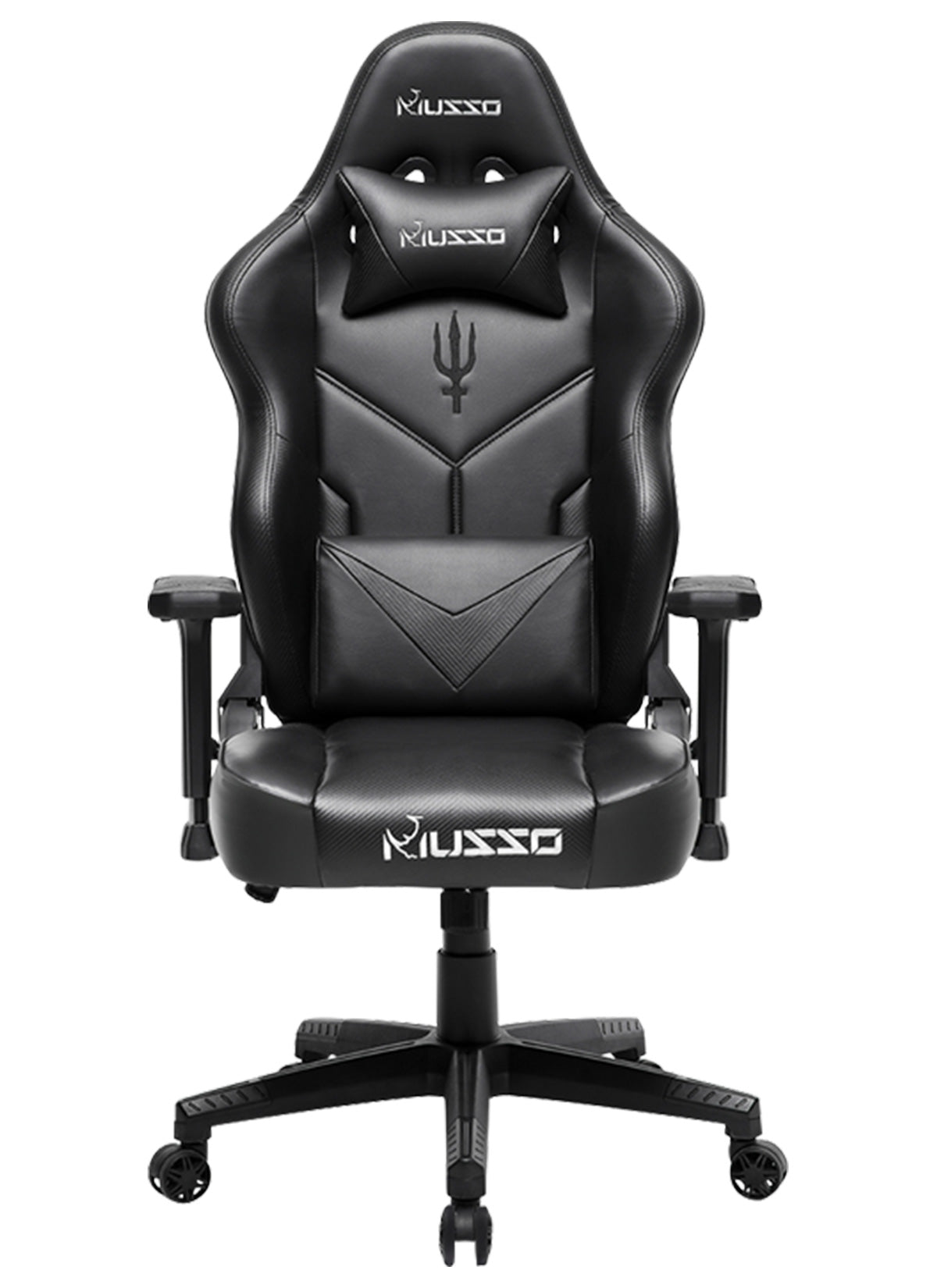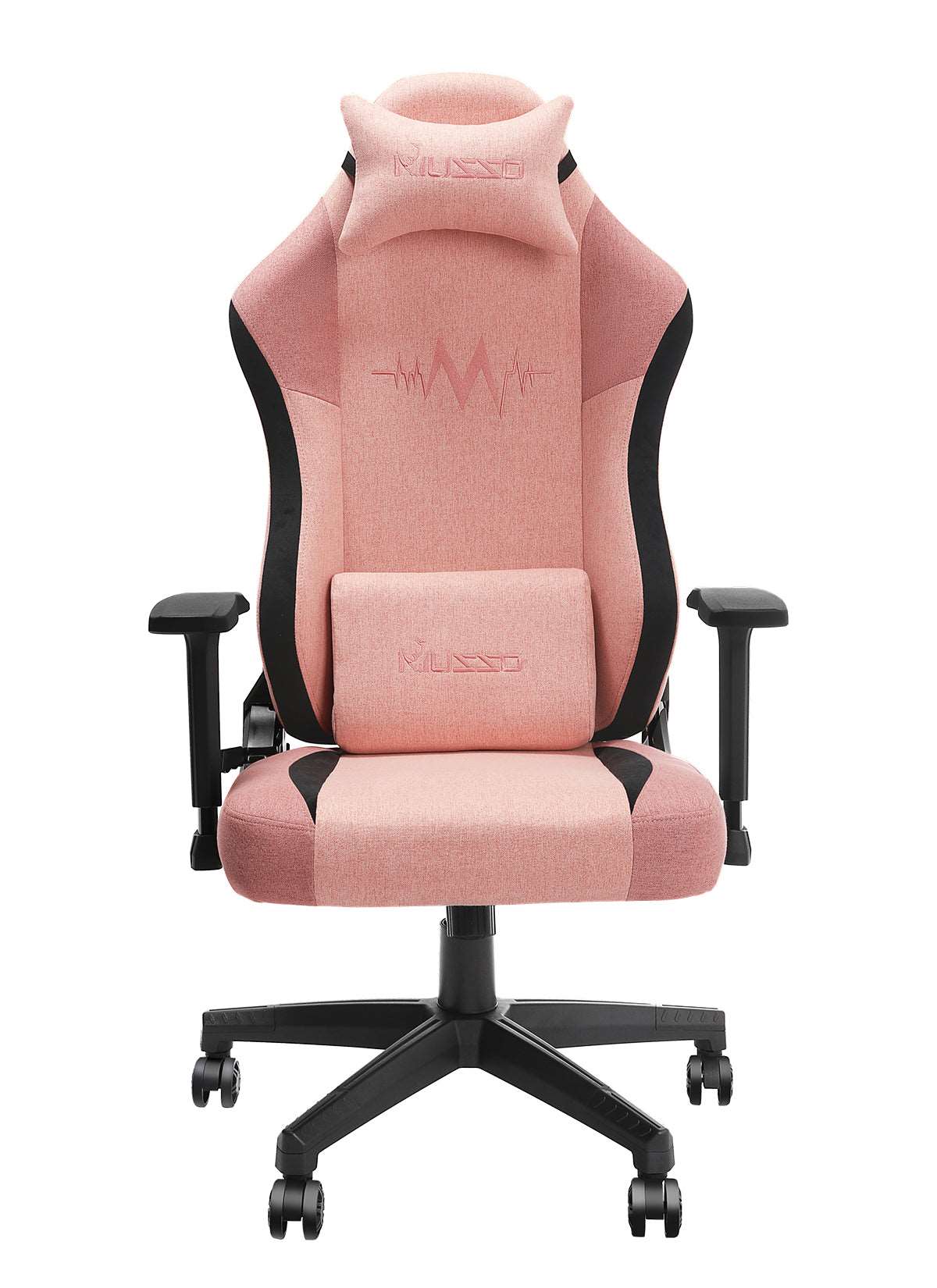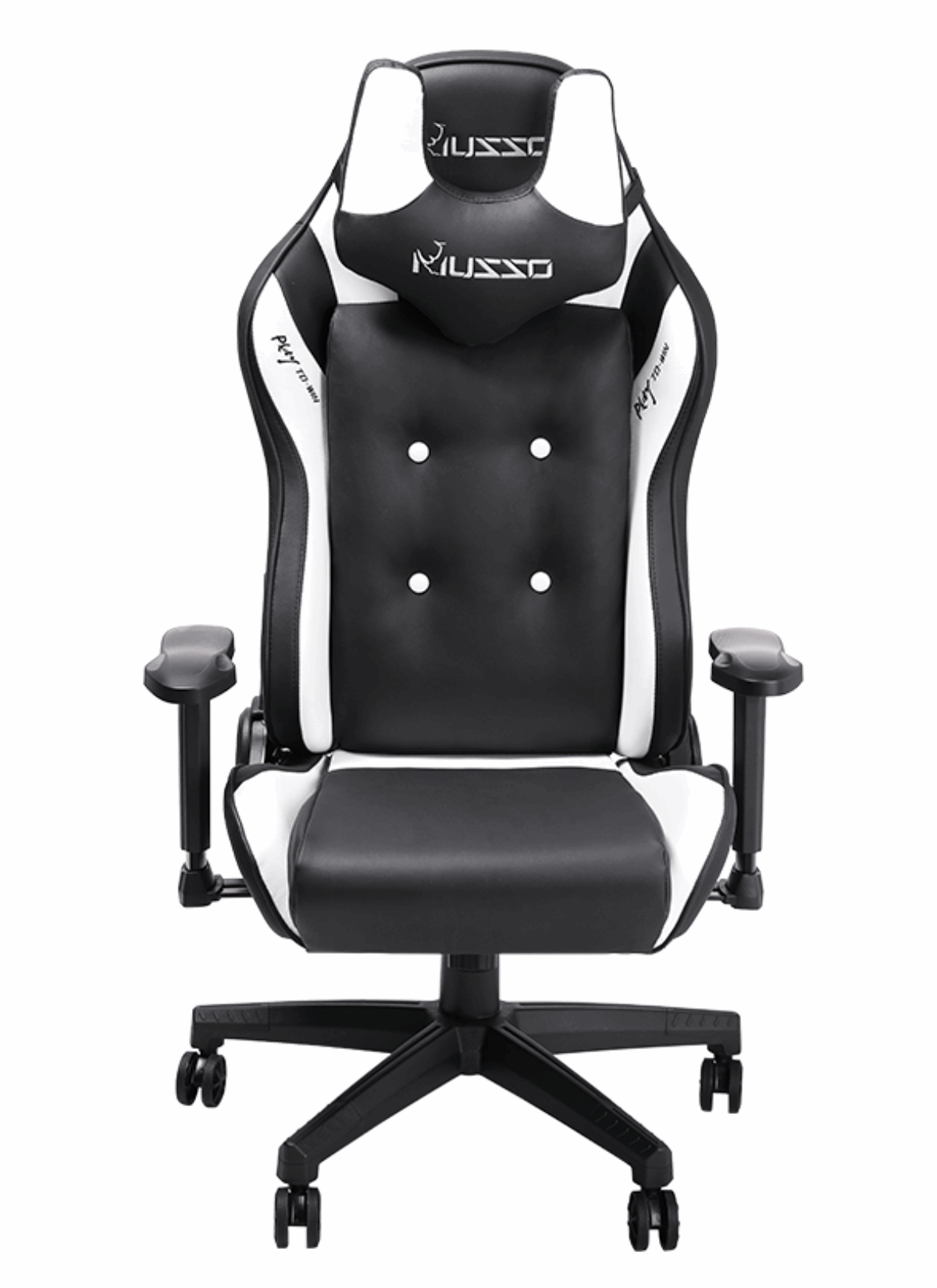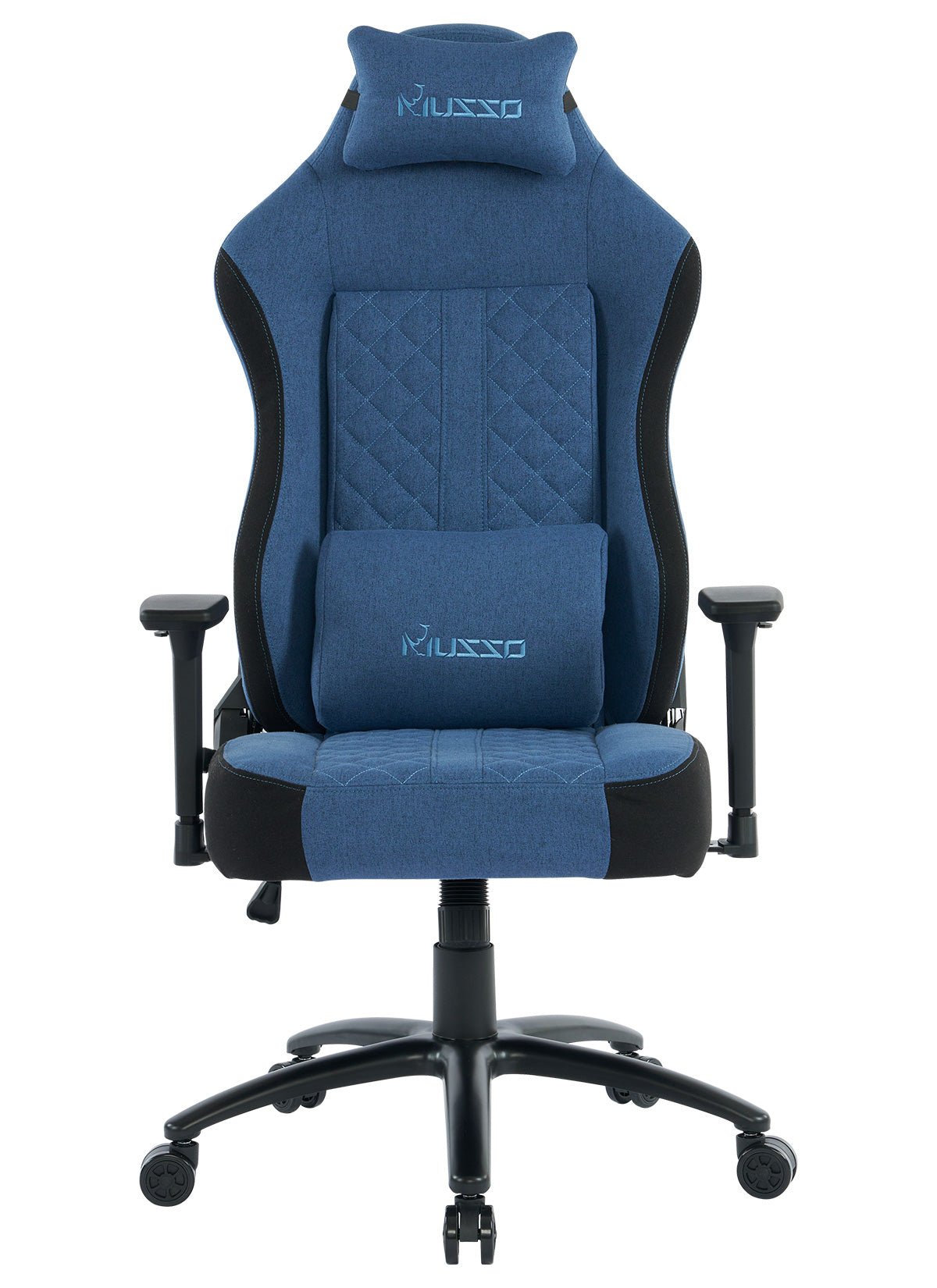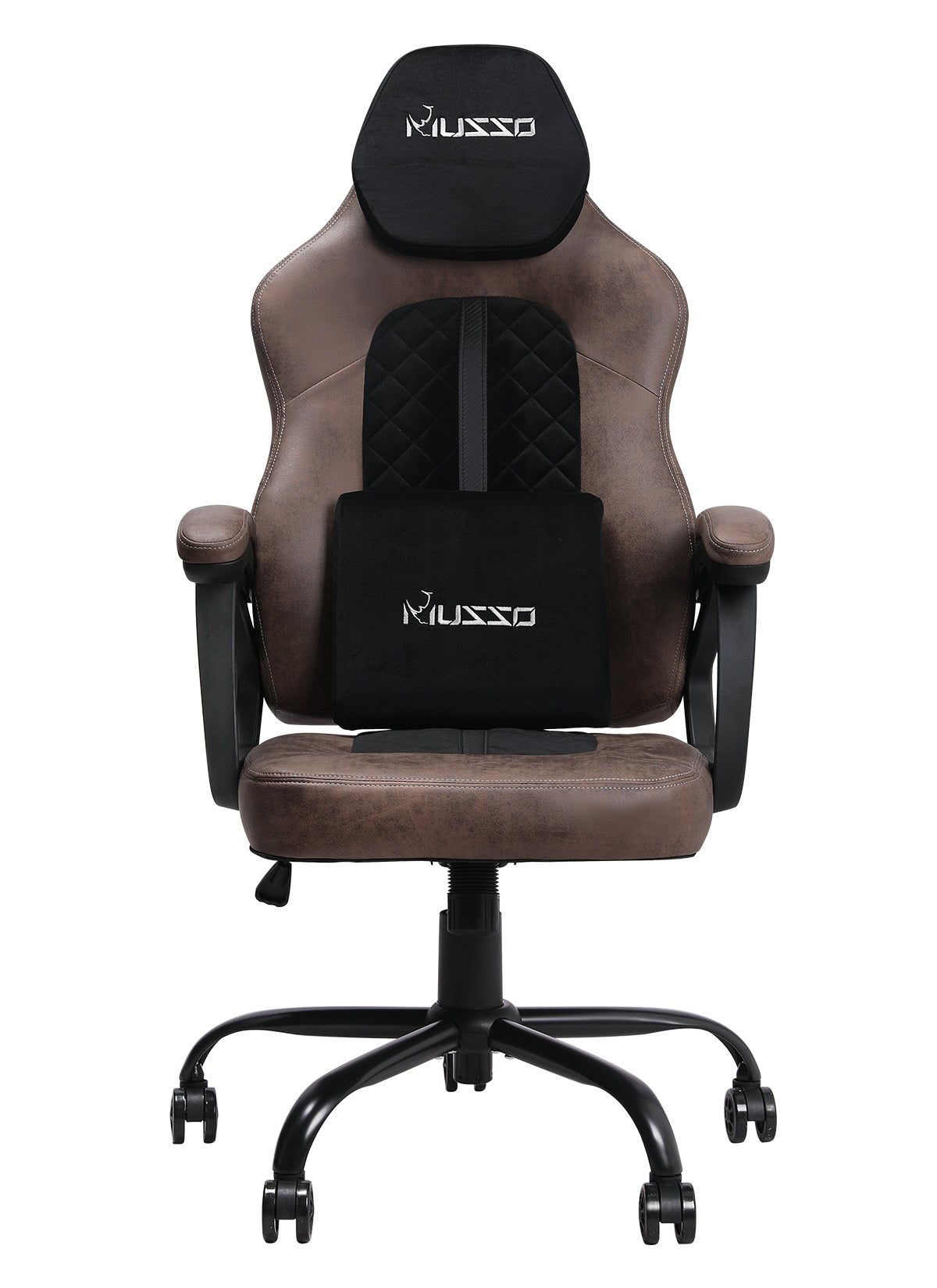Have you ever had this experience: after a whole day of working in the office, the moment you stand up, your back feels stiff, your neck aches, and your whole body feels like a rusty robot? We spend more than one-third of our day sitting, and an unqualified chair is often the “invisible killer” of our health. That’s why ergonomic chairs were created—they’ve become the standard choice for modern office workers. But have you ever wondered what makes an ergonomic chair worthy of being called “a guardian of health”?

The core concept of ergonomics is “people-oriented design.” The ultimate goal of a good ergonomic chair is not to force you to sit “perfectly upright,” but to support your spine’s natural, healthy curve and allow dynamic adjustments in posture, preventing strain from prolonged stillness.
It achieves this through several key features:
1. Adjustable lumbar support: dynamic fit, relieving pressure
This is the soul of an ergonomic chair. Everyone’s height and lumbar curvature are different. A quality lumbar support should be adjustable up and down to precisely support the L3–L4 area of the spine, and ideally adjustable forward and backward to fine-tune pressure, giving the waist the closest support. Some high-end models provide dynamic lumbar systems that follow your movements to continuously support your back—for example, Musso’s X700 comes with a dynamic lumbar-tracking system that adapts to your posture, especially suited for those who value lumbar health.
2. S-shaped backrest: synchronized support, even distribution
Lumbar support alone isn’t enough—the entire back needs balanced support. A properly designed backrest should follow the spine’s natural S-curve, distributing pressure evenly across the back to avoid overloading specific areas.
3. Multi-dimensional headrest for neck and shoulder relief: supported and relaxed
For those who spend long hours leaning forward or looking at screens, a headrest is essential. A good one should adjust up and down for height differences, and ideally tilt forward and backward, so that your head and neck are always supported whether sitting upright or reclining. This helps reduce cervical pressure and relax shoulder muscles.
4. High adjustability: customizing your ergonomic chair
The basic adjustment is seat height via a gas lift, which lets you match the chair to your desk height—keeping elbows at a 90° angle and feet flat on the floor. Other adjustable features (seat depth, armrest angles, recline tension) further tailor the chair to your body.
5. Breathable material: no overheating from long sitting
Most modern ergonomic chairs use high-elastic mesh fabric. Musso ergonomic chairs, for instance, use breathable mesh that provides strong support while staying airy. Even after long summer hours, it prevents heat and dampness—much more comfortable than leather or foam seats.

When choosing, keep in mind:
Within budget, prioritize adjustability. Focus first on lumbar, backrest, headrest, and seat depth adjustment.
Choose the one that fits you. Even the most premium chair won’t protect you if you sit nonstop for hours—stand up and stretch every hour. That’s the real foundation of health.
Always try before buying, if possible. Your body’s feedback is the most honest. Sit in it yourself—check whether the support feels right and the adjustments are smooth.
Investing in a good chair is investing in your health and future productivity. May you always be gently supported through the long hours—staying comfortable, and staying healthy.



